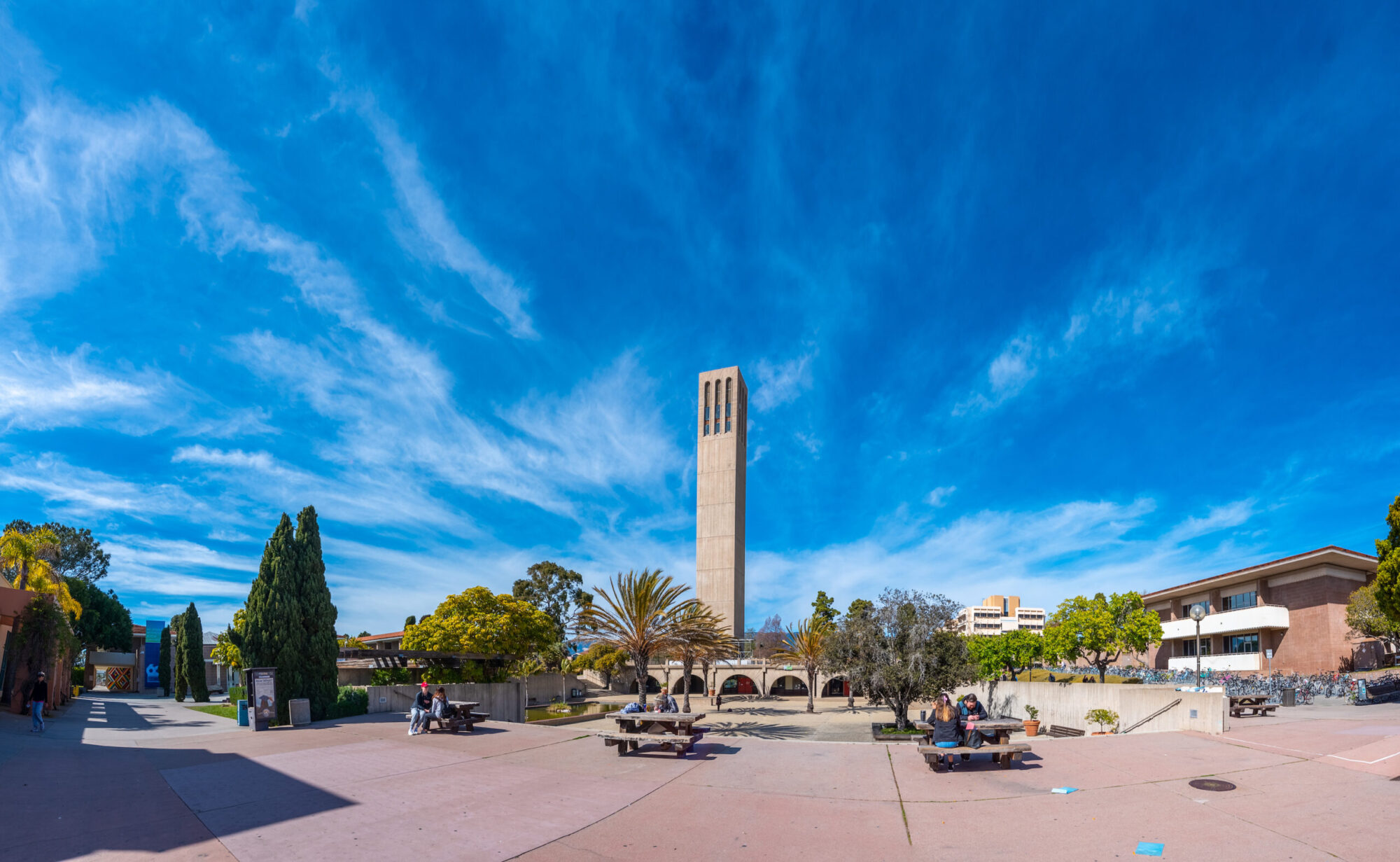Letter from the Editors
We are delighted to present our Fall 2023 edition of the University of California Santa Barbara’s Undergraduate Journal of History. We extend our heartfelt gratitude to the six authors who contributed to this volume and to the faculty and graduate student peer reviewers whose invaluable contributions made this publication possible. Our editorial team welcomes new and returning readers of the Journal.
The Journal is produced by and for undergraduates. Though focused on history, the Journal does accept research from related academic disciplines to provide a comprehensive and diverse collection of scholarship. It strives to provide an engaging platform for undergraduate students to share their historical research and foster intellectual debate, dialogue, and curiosity.
We are incredibly excited to include the UCSB History 2023 Stuart L. Bernath Prize-winning paper in this issue. The Stuart L. Bernath Prize is annually awarded to the History undergraduate whose research essay is selected by the History Prizes Committee as the best paper produced in a one-quarter course. Elayna Maquinales was the winner this year, and we thank her for sharing her work with us here.
This issue contains Vassili Zou’s article, “For A Territory United as One: Characteristics of Qin Empire in Modern Turn-Based Strategy Video Games.” Zou compares and contrasts the various characteristics of the Qin empire in two computer games and draws a connection between the empire’s ruling ideology and its multi-aspect effects displayed in turn-based strategy games. “In an era in which electronic games seem to have an increasing influence on the younger generation’s worldview,” Zou writes, he was motivated “to investigate how historical electronic games interpret and recreate history.”
Laurence Florio-Roberts’ article examines the conservative reaction to five Supreme Court cases to demonstrate the role of emotion in shaping political behavior. Florio-Roberts identifies a lack of scholarly works that examine the right-wing response to the Supreme Court in the period from 1945 to 1983. His work, then, explores the role that emotion played in forming postwar conservatism and demonstrates how criticism of the Court during the Warren era persisted well into the Burger Court Era. This essay highlights familiar rhetorical tropes about the Court’s betrayal of America.
In his essay, Henry Ceffalio examines canals built from 1815 to 1835–the heart of the historiographical “Canal Age”–specifically the Rideau Canal, the Erie Canal, the Lachine Canal, and the Welland Canal. In “New York vs. The Canadas,” Ceffalio argues that geopolitical anxieties and economic competition between the Canadas and the United States engendered canal construction in both nations. Ceffalio’s essay carefully navigates the economic and political significance of each canal in four parts. It underscores the role of canals as catalysts for economic growth, territorial expansion, and international competition during a pivotal period in American and Canadian history.
Pedro Murillo’s work, “The Evolution of Water Law and the San Joaquin Valley,” examines the evolution of California water law from native occupancy to modern times. Through a careful analysis of the San Joaquin Valley, particularly the Tulare Basin and the rivers that once fed into Tulare Lake, Murillo demonstrates how large agribusinesses rose to prominence and have shaped the region’s water management landscape. His work explores the intricate narrative of power, influence, and evolving legislation. It provides a compelling examination of the socio-political and economic factors that facilitated the concentration of water ownership in the hands of just a few.
Benjamin Pollard’s essay, “Politics at Play,” reassesses the role of military commissions produced under Abraham Lincoln’s administration and trials concerning disloyal speech during this time to evaluate the political character of Civil War tribunals. Pollard argues that civilians within the Union tried by Northern and Border state commissions were essentially treated the same as Confederates tried by Southern commissions convened in occupied territories, underscoring how the Lincoln administration skillfully blurred the lines of assumed loyalty and disloyalty. This, in turn, exposed how military commissions during the Civil War were themselves political as the government inadvertently stigmatized civilian defendants from the Union and redefined conceptions of loyalty and speech during a time of disunity and war.
This volume concludes with our Stuart Bernath Prize Winner. In her article, Elayna Maquinales examines the complicated history of Cherokee slaveholding in the late eighteenth century. As the early 1800s presented mounting pressure to the Cherokee to cede their lands, they found themselves adopting Euroamerican practices of slaveholding to strategically demonstrate their legitimacy and desire for US citizenship to white Europeans. “Occurring in a Sliding Scale” also explores scholarly debates about the political disposition of anti-removalist abolitionists in the face of Cherokee slaveholding. Maquinales’ choice to concentrate on the Cherokee, with their rich historical scholarship, provides an opportunity to thoroughly examine the intricate relationship between slavery, Indian Removal, and abolitionism during this pivotal period in American history.
If the undergraduate scholarship published here has garnered your interest, we encourage you to submit your work to the Undergraduate Journal of History. We accept submissions on an ongoing or rolling basis. Please refer to our website for a comprehensive list of submission topics and guidelines.
We hope you enjoy this issue of the Journal and look forward to the many to come!
The Editors
